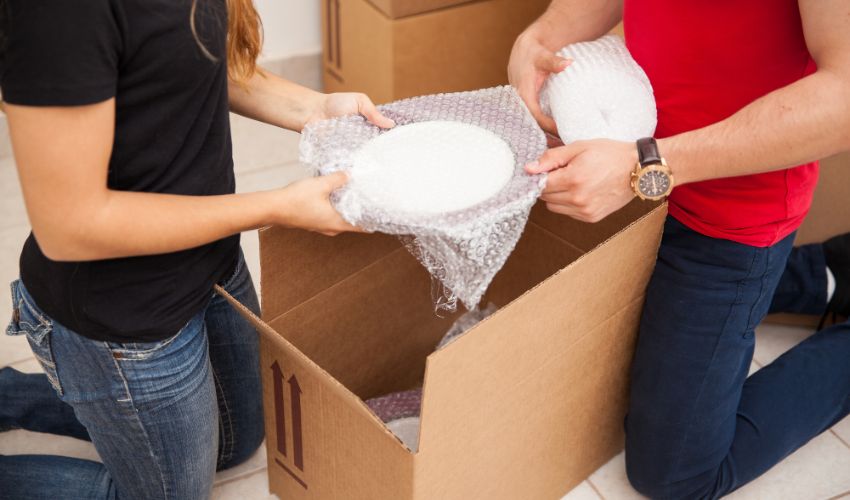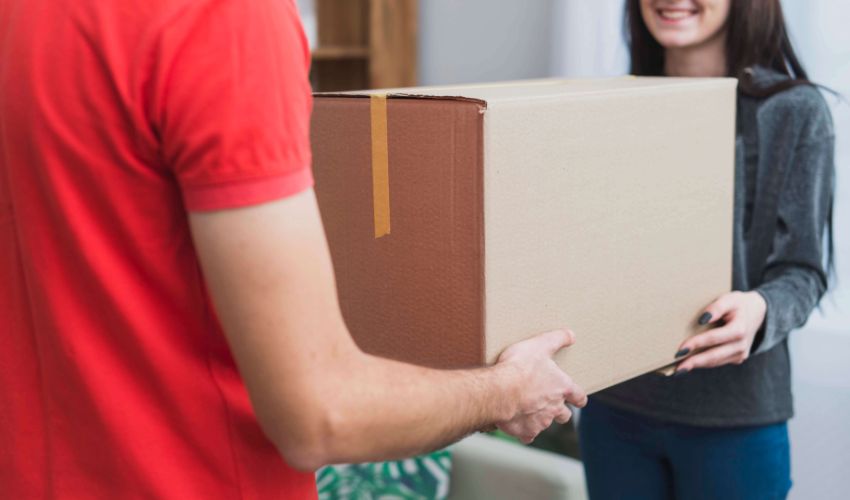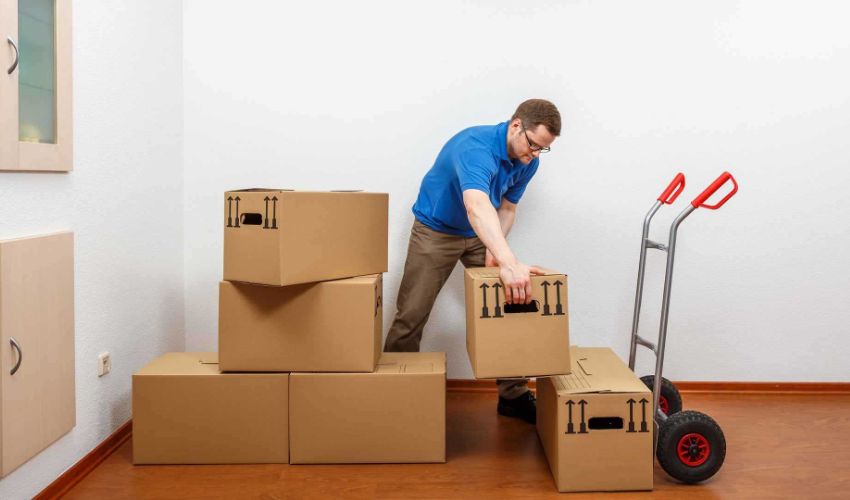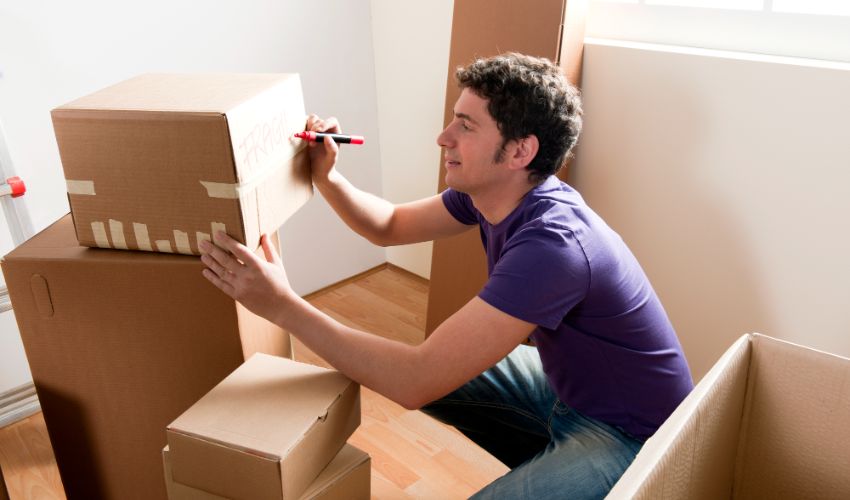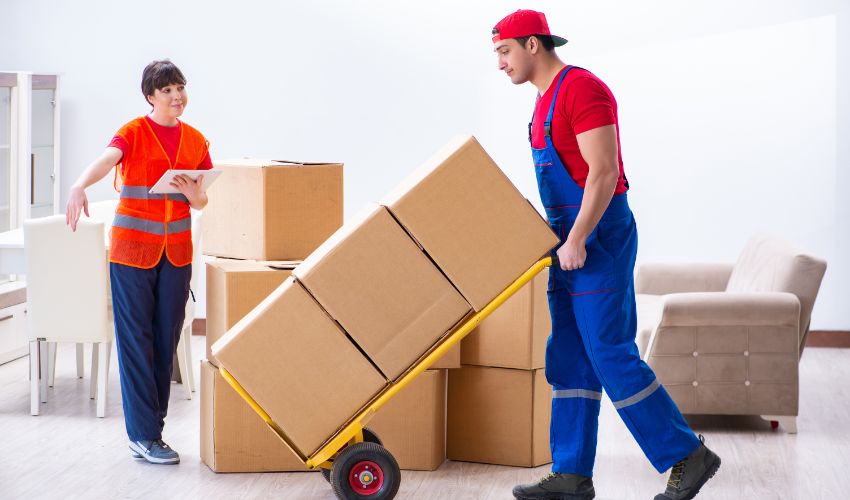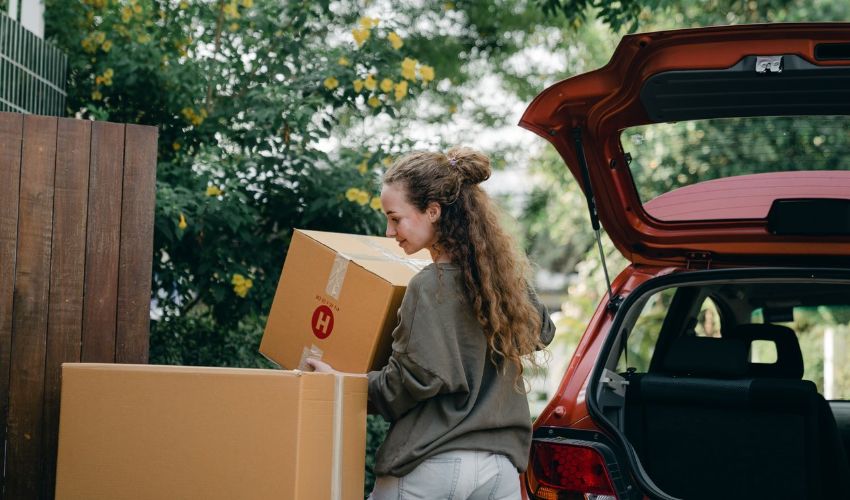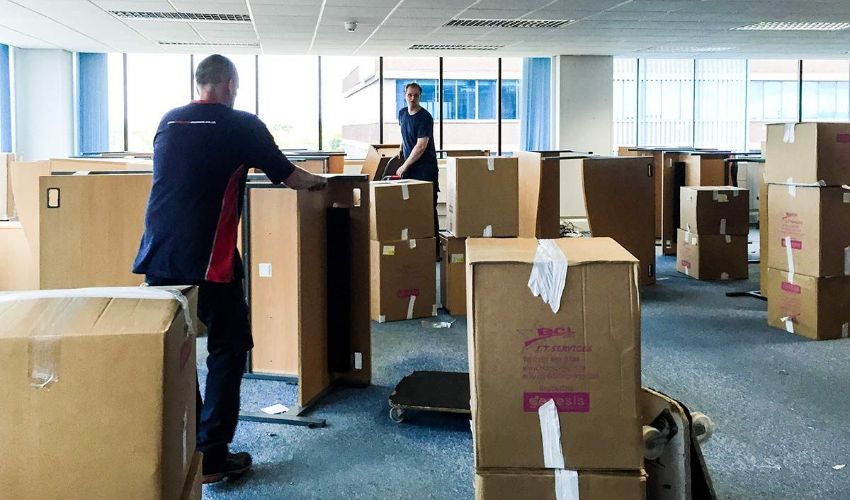If you are moving your house, you cannot underestimate the packing fragile items because it is common for you to shift your house to a new place, unpack your stuff, and find out that some of the fragile items got broken. A minor mistake while shifting your home can damage your luxury and fragile items. The items get cracked because of carelessness while packing or moving.
Wrapping and packing your fragile items is not as seamless as you think because you need to be extra cautious. In this piece of writing, you’ll get to know about these misconceptions in detail.
Typical Myths Regarding Packing Fragile Items in Your Homes
When you pack fragile items casually, they get cracked and often completely damaged because of the misplacement while you pack them or carelessness while you move them. People who think packing fragile items is an uncomplicated task often keep various myths in their minds that are not even realistic. Continue reading this article if you are concerned about these misconceptions and want to eliminate them.
1. Planning Is Not Important
The most common myth that everyone thinks is logical is that planning is not important while you pack or move your luggage. Fragile items involve many small or large elements, and you have to be extra careful while you wrap and pack these items in your boxes.
People consider it unnecessary to make a strategy before you pack delicate items in the boxes. When you don’t think about a proper strategy, you end up reopening or closing the boxes to check the items. People also think that packing doesn’t take much time. On the contrary, it takes a lot of time to pack the items with care. You can execute the process of packing in an efficient and great manner by planning things before.
2. No Need To Protect The Corners
People often forget to think about the corners of their fragile and bulky items. While corners need extra protection and care while you pack them in bubble wrap or plastic covers. When you are packing your luggage, think about providing the finest covering or padding for the corners of all the delicate items.
The corner of these items is the most visible and vulnerable to damage, so protect them at all costs. You can give the cushioning of foam and bubble wrap to protect these elements.
3. Large Things Are Tough
The other common misconception about packing fragile items that people consider true is that bulky and large items in their homes are sturdier. They just think that if any household item in their home looks large, it will be hard to lift and pack.
This is the basic reason why large-sized items experience more damage while you move them. Make sure that you are not placing the heavier items of your home over the fragile items because it can break your luxury possessions easily during transportation.
4. Packing Can be Done In No Time
People get the wrong idea that packing can be done in no time, which is why they keep delaying the packing process until the final day. They think it will be easier to pack all the items in one day, which is completely wrong.
Delicate accessories require optimal care for packing, and it is important to consider that you are packing them in bubble wrap and providing them with the necessary padding so that they won’t break while relocating your house. Wrapping each item with care and putting them in the boxes along with cushioning takes considerable time until you are a professional.
5. More Things Can Be Packed & Moved In One Box
Another wrong and frequent misconception about packing delicate items is that people often opt to put several fragile elements in a single box. You cannot stack these items as there is the highest probability of them getting cracked.
You can damage many fragile decorating elements or kitchen wares by placing them over each other. To avoid this, put each item in a separate wrap or box so that you can protect them from being damaged. If you have any artwork at home, wrap it separately in bubble wrap or packing paper to reduce the risk of destruction.
6. Labeling Is Not Important
If you want to avoid the consequences of your fragile items being handled carelessly, you must put a tag on each box. You can buy these tags from the market with the text “fragile items” written over them. Many labels also contain the caption “handle with care”.
People don’t think it is necessary, and as a result, they have to open and close each box repeatedly for checking. These labels are inexpensive to buy, but if you think you cannot afford them, you can make your own labels at home using pen and paper and stick them on the boxes. The exclusive benefit of having these labels is that whenever someone lifts them for moving, they’ll handle them with extreme care.
7. Packing Supplies Are Expensive
Packing materials for relocating your house are foam, paper, plastic covers, bubble wrap, boxes, and tape. People have the misconception that these materials are expensive. It can cost you more when you are doing it yourself, but hiring a professional will make it inexpensive as they will bring their packing supplies that you can even reuse for packing your stuff again.
To End Up!
Packing delicate home accessories is undoubtedly a stressful and time-consuming process. But people who think it is quite easy to handle the packing process have some common misconceptions about packing fragile items. Some of these wrong ideas are that planning and labeling are not important, packing can be done easily, and more things can be packed in a box.

